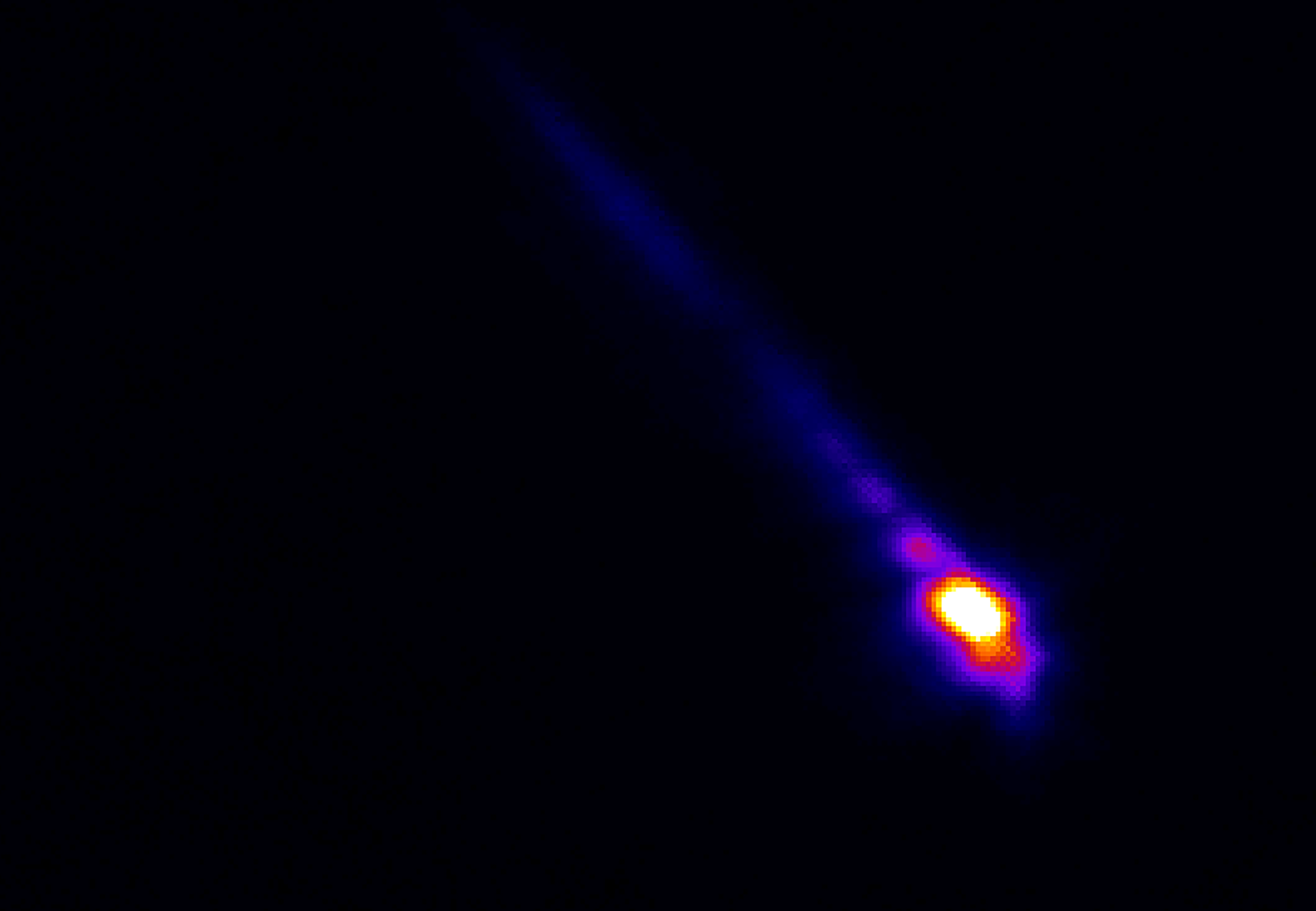Whilst the world has been figuring out how to conduct business as usual remotely, experts from the University of Liverpool, based at the Cockcroft Institute, and Diamond Light Source, the UK’s national synchrotron in Oxfordshire, have taken this a step further and conducted a series of remote access beam measurements.
In this global lockdown period, a significant part of experimental physics has understandably been put on hold. With most of the world’s scientists unable to reach or access their experiments, efforts have shifted to simulations and planning for the future. A collaboration between the University of Liverpool and Diamond, which had installed an optical synchrotron radiation (OSR) imaging system in the 3 GeV ring at the synchrotron at the end of 2019, expected the same fate for their experiment.
However, as the OSR imaging system had been designed to be operated ~400m away in the Diamond control room; serendipitously this meant that thanks to some ingenuity with VPNs and video conferencing software, the experiment could be operated from ~200 miles away! With many of the synchrotron light sources around the world closed due to the pandemic, there was no guarantee that beamtime would be available at Diamond.
Fortuitously, thanks to the world-leading COVID-19 research being conducted at Diamond, the facility was still in operation. Several X-ray beamlines have been able to continue operation remotely throughout lockdown. These beamlines have been able to make significant contributions to the ongoing research into COVID-19, providing a deeper understanding of the virus, which could lead to the development of new therapies or treatments. The University of Liverpool’s measurements were completely non-invasive; they did not alter the beam at all for these ongoing important COVID-19 projects. Therefore, for the past few weeks a series of OSR experiments have been undertaken which aim to characterise the imaging capabilities of an existing diagnostic beamline, and hopefully shine a light on any beam halo effects. Fig. 1 shows the remote access screens. On the left experimental data from the Diamond tunnel as obtained by Liverpool experts is shown, whilst on the right various controls and beam parameters directly from the Diamond control room are shown.

Beam halo is the relatively low intensity area of a beam which surrounds the core section. For high energy machines this low intensity is still an issue and can cause problems ranging from stored beam instabilities, all the way up to actual machine damage. The goal of beam halo studies is to observe the formation and extent of halo particles surrounding the beam core. In order to accomplish this it is important to understand the constituent parts of an OSR image; one such component is known as the “Filament Beam Spread Function” (FBSF), which is analogous to the “Point Spread Function” (PSF) found in classical optics. With a thorough understanding of the FBSF improved imaging techniques can be implemented, from Lyot stop imaging, to beam halo imaging. FBSF techniques can also be used to improve the typical resolution of OSR imaging methods.
Fig. 2 presents an example image of the 3 GeV electron beam at Diamond. The bright core is where the beam is located, and the elongated tail is the result of an accumulation of optical effects caused by various apertures along the beamline; these effects will be characterised in the FBSF. The group will now analyse the large quantity of data they have acquired. They will then use these results to guide improvements to the existing system and future measurements once the lockdown has passed.

Dr Guenther Rehm, Head of Diamond’s Diagnostics group, commented:
“Despite the restrictions in place on movement and facility access, we were still keen on pursuing any possible avenue of our usual research efforts. Our ongoing collaboration with the University of Liverpool provided us with one such opportunity. Due to the manner in which the Liverpool installation was setup, remote operation was a prerequisite and measurements had no effect on the accelerator or its operation. By incorporating our ability to also control the accelerator operation remotely, we were able to perform a whole series of measurements with Liverpool without any member of the team being on the same site as the facility.
This period has forced all of us to think again on how we conduct our usual daily routine. In the case of this collaboration, we have been limited in what the measurements could achieve without physical access, but we have also produced a safe measurement program in the context of COVID-19. Alongside the usual beam-related implications of the data analysis, this effort to conduct research remotely and inclusively may shape the way we perform similar research in the future.”
